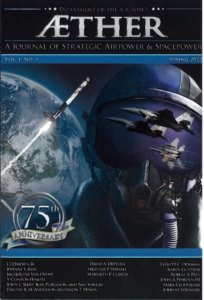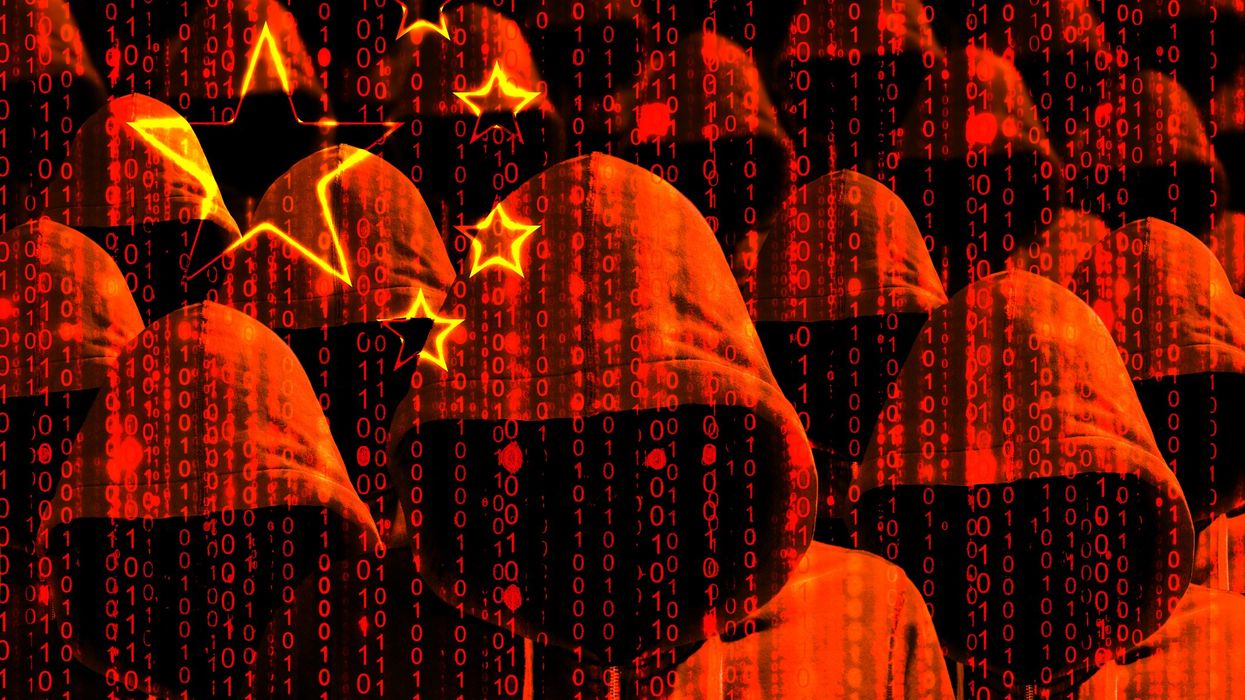PUBLICATIONS

With Biden in disarray, who’s keeping an eye on Xi Jinping?
JULY 24, 2024

In the last few weeks, China’s coast guard has clashed with the Philippines, detained a Taiwanese fishing boat and crew, prowled a Japanese island chain, and violated Taiwan’s air and sea space.
While the U.S. political establishment focuses on Joe Biden’s post-debate resignation imbroglio, and disgraced Secret Service Director Kimberly Cheatle stonewalls questions about the Trump assassination attempt, the critical question isn’t which faceless White House official is in charge but who is watching Xi Jinping.
The current situation with China mirrors the Korea crisis in the fall of 1950. Before a vast human wave invasion in October and early November, the Chinese conducted a stealthy infiltration followed by a series of probes called the “First Phase Offensive.”
With luck, these actions might hold Xi in check until the Biden crisis is over and slow any possible Chinese march to war.
Washington wrung its hands and rebuffed General Douglas MacArthur’s pleas to bomb the Chinese buildup on the Yalu River. The Chinese assessed the U.S. response and set a trap.
As winter set in, nearly a half-million Chinese swarmed across the mountains. With U.S. air power forbidden to enter China to destroy rear areas and key Yalu bridges, the vast Chinese human wave assaults drove U.S. and U.N. forces past the 38th parallel and overran Seoul. It took another two and a half years to regain the 38th parallel and conclude an armistice. And we are still there.
Those “probing attacks” foreshadowed Communist China’s decision to launch a war with the United States, using all the military power then at its disposal and doing it in the only place in which China could then operate — the Korean Peninsula.
Today, the United States may be in a similar situation, but the stakes are much greater: The relative power and strategic reach of China are of a magnitude beyond that available to them almost 75 years ago and now can reach across the Pacific to our very shores.
We believe Joe Biden’s domestic political problems and the resulting national security chaos have not been lost on Chinese dictator Xi Jinping.
In the last few weeks, China’s coast guard has clashed with the Philippines’ coast guard, blockaded a Philippine shoal outpost, detained a Taiwanese fishing boat and its crew, aggressively prowled an uninhabited Japanese island chain, and flagrantly violated Taiwan’s air and sea space.
In the face of those incidents, Monday’s Pentagon briefing was about China … in the Arctic!
Standing on a wooden box to see above the podium, Deputy Secretary of Defense Kathleen Hicks delivered the briefing with the urgency of a bored schoolmarm assigning math homework.
China gets more aggressive
Meanwhile, in the South China Sea, widespread Chinese actions across the region are being ignored, much like Washington ignored China’s probes on the Korean border in 1950. This neglect is especially concerning given the current American political upheaval generated by Biden’s “difficulties.”
Remember that in 2013, Xi Jinping announced that “western constitutional government, universal values, civil societies, and journalism are false ideological trends.” Xi also asserted that China will be number one in the world militarily and economically by 2049, the 100th anniversary of the People’s Republic of China. In short, China aims to become the world’s new hegemon.
As Xicontinuesto strengthen hisauthoritarian rule, he uses Chinese military power to make his ideas stick. Hong Kong is a perfect example.
In 2023, Xi detailed the need for China to meet world-class military standards by 2027, the 100th anniversary of the pre-World War II founding of the People’s Liberation Army. Xi also spoke of “informatization” (i.e., artificial intelligence) to accelerate the construction of “a strong system of strong strategic forces, raise the presence of combat forces in new domains and of new qualities, and promote combat-oriented military training.”
We believe Xi’s posture could lead eventually to a war with the United States, as detailed on our website Winning Peer Wars.
Xi’s long-term objectives are clear, but he may also make opportunistic short-term moves between now and Inauguration Day in January. These moves, just short of war with the United States, could include taking and holding parts of contested shoals and islands, vigorously provisioning Russia with war supplies, and using Chinese personnel for noncombat duties to free Russian soldiers for combat.
Xi could also engage the more than 50,000 Chinese males of military age illegally in the United States in low-level nuisance attacks, such as tampering with railway switches, disturbing pipelines, and sabotaging electric transformers. To map U.S. weaknesses while maintaining deniability, Xi could also conduct nuisance cyberattacks, especially amid the chaos created by the Biden administration’s problems.
Toward strategic paralysis
In late February, the House Select Committee on the Chinese Communist Party held a hearing that exposed the depth of the current Chinese cybersecurity threat against the United States. The overall outcome was alarming, not because of obvious Chinese capabilities and long-running hacking operations, but because the five top-level U.S. government officials were stovepiped by their respective organizations. This made it difficult for them to appreciate the broad systemic impact of their findings. They are myopic in their understanding of the larger Chinese threat and thus unprepared for the reality of 21st-century warfare with a peer competitor bent on war by “strategic paralysis.”
This concept of strategic paralysis was detailed in “Unrestricted Warfare,” the seminal work on Chinese strategic goals and methods written in 1999 by then-Colonels Qiao Liang and Wang Xiangsui. The book laid out a decades-long plan of creeping, slow-motion warfare against U.S. diplomatic, informational, military, and economic strengths until China would be strong enough to take on the United States in a peer-to-peer conflict.
In retrospect, “Unrestricted Warfare” is exactly what China has been doing for a quarter-century, aiming to finish by 2049 or perhaps even sooner. While we have laid out proposals to counter Xi’s plans in the long term at Winning Peer Wars, here are some recommendations for the next few months:
Immediately increase reconnaissance by the U.S. Indo-Pacific Command to maximum effort.
Declassify sensitive intelligence of Chinese military operations and release it to open sources.
Open U.S. ships, aircraft, and bases to world media to ensure extensive coverage in the Indo-Pacific theater.
Conduct significant U.S. Air Force and Navy visits to the Philippines, Malaysia, Taiwan, Japan, Vietnam, and other friendly countries.
With luck, these actions might hold Xi in check until the Biden crisis is over and slow any possible Chinese march to war.
Comments
John Warden is a retired colonel in the United States Air Force. He is a former special assistant for policy studies and national security affairs to the vice president of the United States and was commandant of the Air Command and Staff College.
Chuck de Caro was CNN’s very first special assignments correspondent. Educated at Marion Military Institute and the U.S. Air Force Academy, he later served with the 20th Special Forces Group (Airborne). He has taught information warfare at the National Defense University and the National Intelligence University. He was an outside consultant for the Pentagon’s Office of Net Assessment for 25 years.


